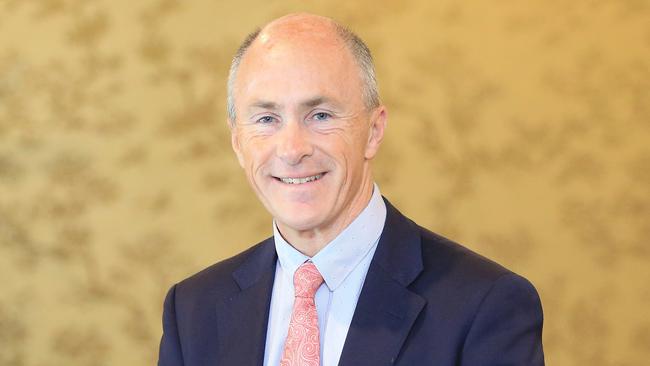Dividend boom arrives, so how should investors spend it?
Companies played catch-up with dividends during the profit reporting season, and investors have a chance to use them wisely.
SmartDaily
Don't miss out on the headlines from SmartDaily. Followed categories will be added to My News.
A record release of dividends is being showered on investors this week and next, raising questions about what people should do with the cash.
Dividend payouts from the recent profit reporting season are set to total more than $41 billion, with more than two-thirds of that arriving between September 20 and October 1.
Many investors sign up to a company’s dividend reinvestment plans where their money is ploughed back into buying more of the same shares, but other potential destinations for the cash include debt repayment, superannuation and more diverse assets.
Many companies have been playing catch-up after shrinking or scrapping dividends during 2020, and CommSec says $15.2 billion in dividends is being paid this week and $13.6 billion next week.
“Investors who still elect to receive dividend payments direct to their bank accounts can choose to spend the extra proceeds, leave it in the bank or use the funds in combination with other savings and reinvest into shares or other investments,” says CommSec chief economist Craig James.

People who have been financially squeezed by the pandemic – such as small business owners – may need their dividends to help their business survive, while other investors may target longer-term opportunities, he says.
More of these are emerging amid the stockmarket’s latest bout of weakness.
“Regular income payments to investors can cushion portfolios from bouts of volatility in sharemarkets,” James says.
“Australian shares benefit from tax advantages, including dividend franking, when compared to global peers.”
Australian Shareholders Association director Lelde Smits says deciding what to do with dividends is often a personal decision based on your investment horizon and strategy.
“A person who sees themselves as a long term shareholder may elect to reinvest in the company to back its long term prospects,” she says.
“A shorter-term investor may choose to take cash and realise gains immediately.”
Smits say dividends can be directed to paying off debt if needed, but also work well over the long term when invested further.
Reinvesting dividends lets compound interest work its magic by increasing a person’s total shareholdings that will in turn breed bigger dividends in the future.

“Every person who buys shares needs to keep accounting records for their investing,” Smits says.
“Therefore, as it can complicate the bookkeeping process to reinvest, some shareholders elect to take cash to simplify the process.”
MBA Financial Strategists director Darren James says many people choose to reinvest dividends “for simplicity” but other options include:
• Paying off high-interest debts, such as credit cards that can charge interest near 20 per cent.
• Diversifying the money into other shares or types of investments to “spread the risk a little bit”.
• Making extra superannuation contributions to provide a tax deduction.
Australians can pump up to $25,000 a year of tax-deductible contributions into their super, although this cap also includes compulsory employer contributions.
“In certain circumstances you can get a superannuation co-contribution or spouse rebate,” James says.
The government pays up to $500 a year in co-contributions to people earning less than $54,800 and who put $1000 of their own after-tax money into their fund. A spouse rebate of $540 can be paid to people who put money into their low-income partner’s super fund.

BIG COMPANIES’ DIVIDENDS
• BHP paid $2.72 per share on September 21.
• Rio Tinto pays $7.60 per share on September 23.
• Telstra pays 8c per share on September 23.
• Woodside Petroleum pays 41c per share on September 24.
• Coles Group pays 28c per share on September 28.
• Commonwealth Bank pays $2 per share on September 29.
• Medibank Private pays 6.9c per share on September 30.
• Fortescue Metals Group pays $2.11 per share on September 30.
• CSL pays $1.59 per share on September 30.
Source: ASX, Morningstar
Originally published as Dividend boom arrives, so how should investors spend it?





